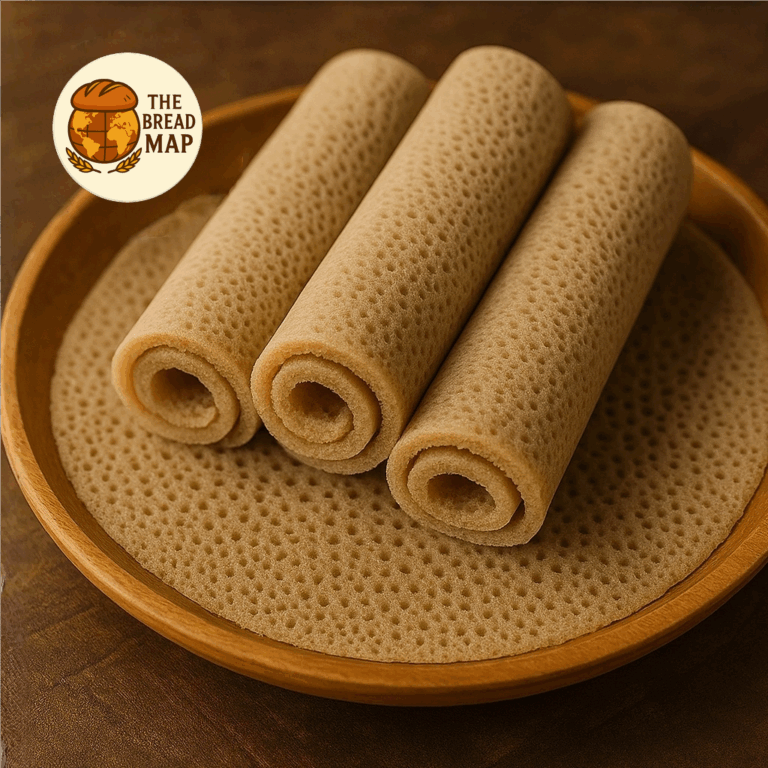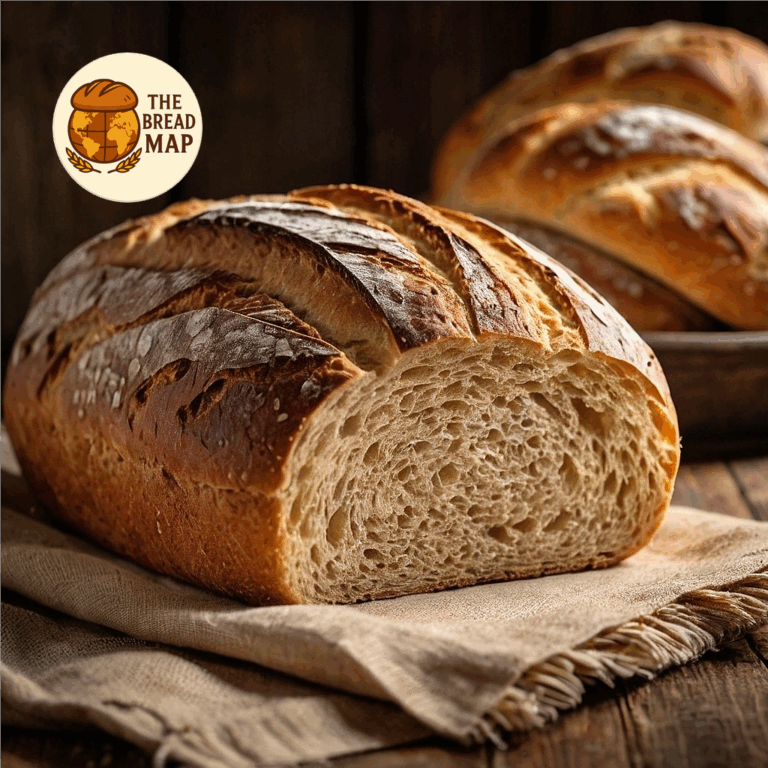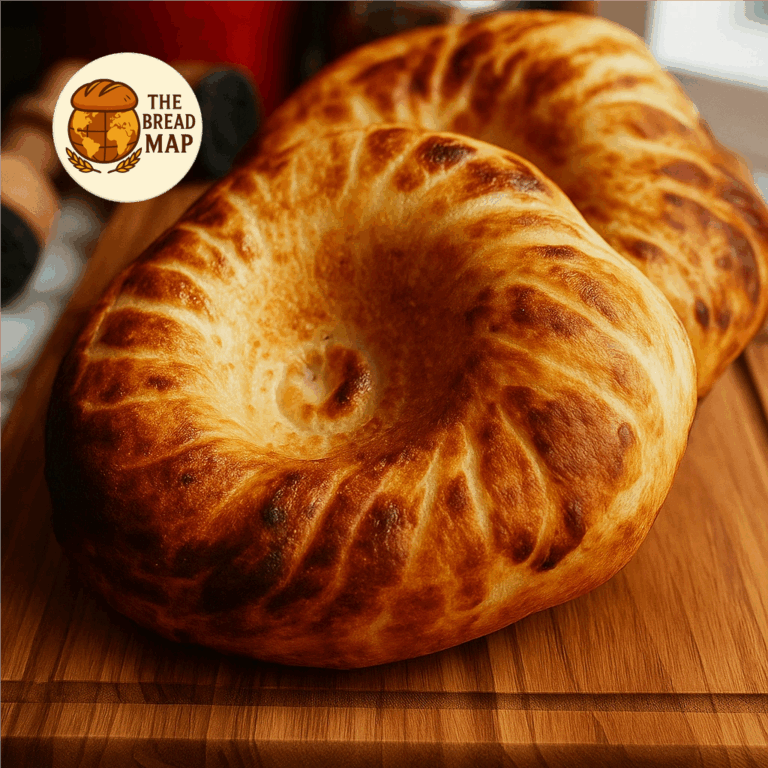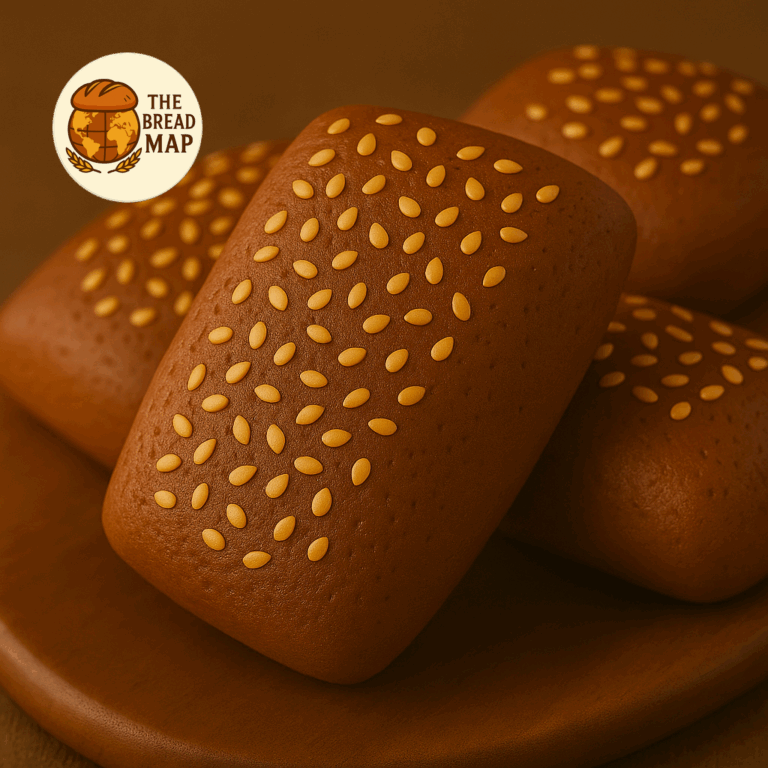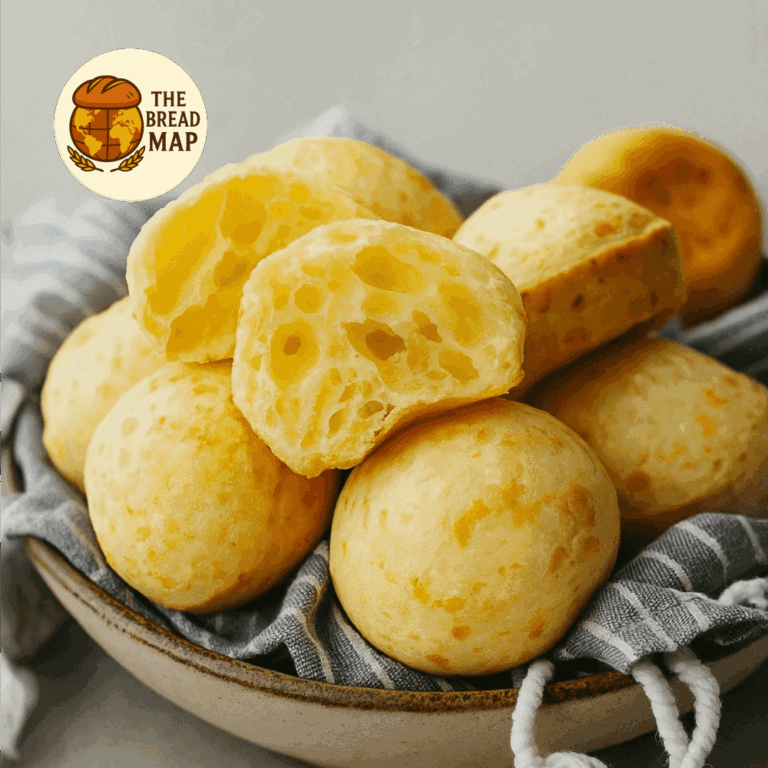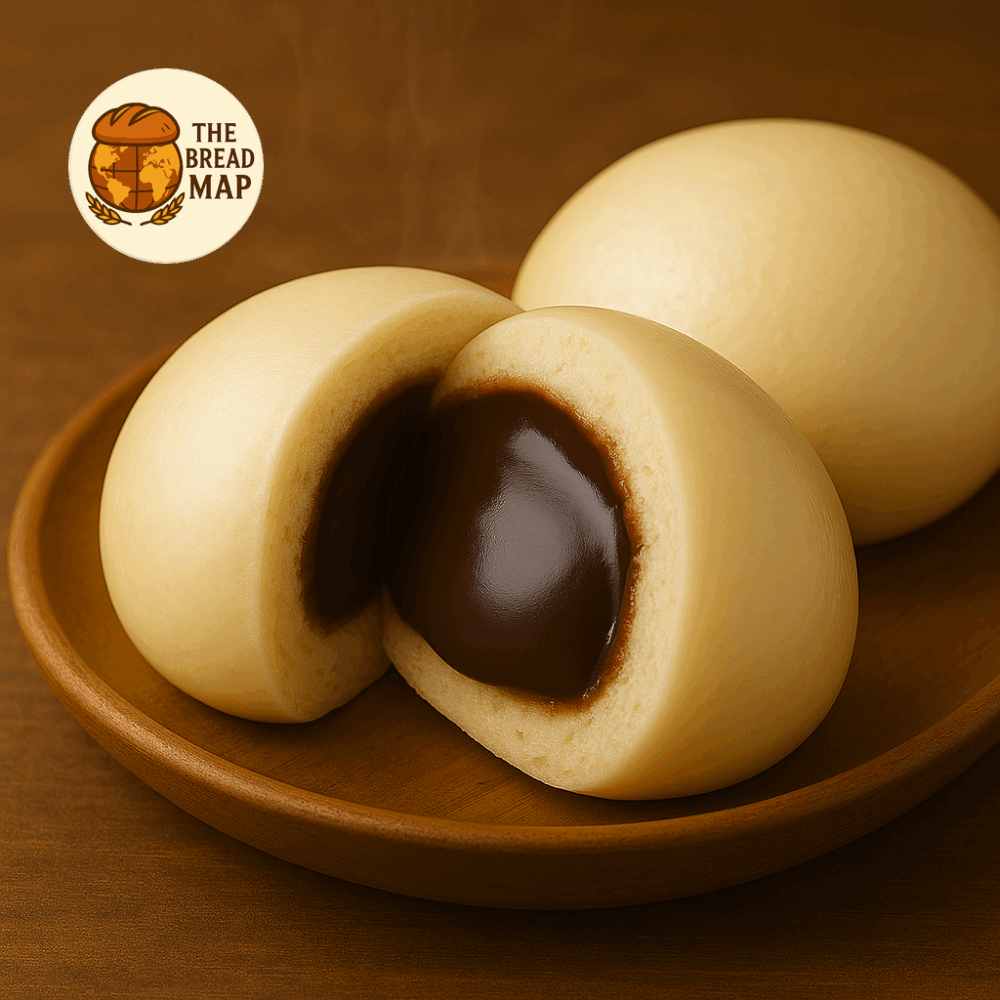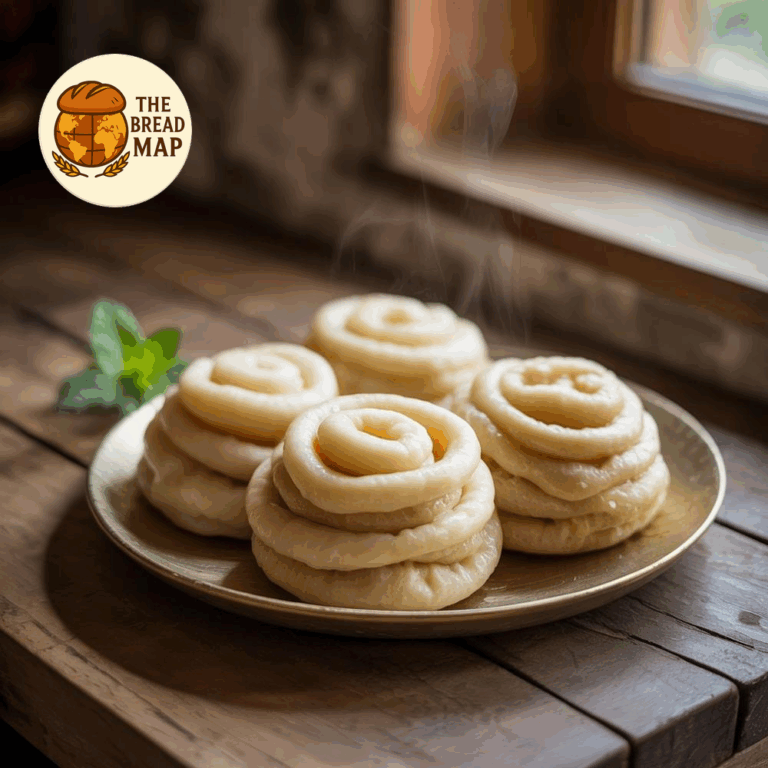
If you’ve ever craved something soft and soul-satisfying to accompany a steaming bowl of curry, meet Tingmo — Bhutan’s beloved steamed bread. Often described as “a cloud on a plate,” Tingmo isn’t just a culinary delight; it’s a cultural emblem of warm hearths, communal meals, and Himalayan hospitality.
Introduction
In Bhutanese kitchens tucked away in mountain villages or city eateries alike, the sight of swirled, fluffy Tingmo nestled in a bamboo steamer is a familiar one. This steamed bread is not baked or fried but gently coaxed into pillowy softness over heat. Tingmo is less about grandeur and more about heart — the kind of bread that quietly supports the bold flavors of Bhutan’s rich, spicy dishes.
Historical Background
While Tingmo is widely known in Bhutanese cuisine today, its origins are shared with the broader Himalayan region. Influenced by Tibetan culinary traditions, Tingmo’s evolution in Bhutan has mirrored the nation’s spiritual and agricultural rhythms. Steaming, a cooking method ideal for high altitudes and preserving moisture, matched perfectly with Bhutan’s environment and lifestyle.
As Buddhism took root and monastic food customs shaped meals around simplicity and nutrition, Tingmo found a lasting place on the Bhutanese table — filling, wholesome, and devoid of excess.
Region of Origin
Though enjoyed throughout Bhutan, Tingmo is most prominent in areas where traditional diets remain strong, particularly in central and eastern Bhutan. Towns like Trongsa, Bumthang, and Trashigang often serve Tingmo alongside ema datshi (Bhutan’s famed chili and cheese stew) or hearty beef or yak stews. Its Tibetan kin, Tingmo, also appears in Himalayan regions across Nepal and northern India, reflecting centuries of cultural exchange along these mountain corridors.
Ingredients and Preparation
Tingmo’s beauty lies in its simplicity. With just a few pantry staples, this bread rises to airy, cloud-like perfection. A traditional preparation might include:
- All-purpose wheat flour
- Water
- Yeast
- Sugar (a pinch, to activate the yeast)
- Salt
- Neutral oil (optional, for softness)
The dough is kneaded until smooth, left to rise until doubled in size, then rolled out and folded into delicate spirals — like cinnamon rolls but savory and unfilled. These rolls are placed in a steamer and cooked gently until puffed and glossy. The finished bread easily pulls apart in strands, perfect for soaking up stews and gravies.
Cultural Importance
Tingmo is more than side bread; it’s a centerpiece of Bhutanese communal dining. Meals in Bhutan are traditionally shared, with bowls of stew placed at the center and pieces of Tingmo passed around the table. Its soft texture makes it ideal for scooping up sauces and delivering hearty bites with every tear.
During religious festivals and family gatherings, Tingmo often accompanies ceremonial meals, embodying the Bhutanese values of simplicity, generosity, and togetherness. Its spiral shape is even said by some to resemble Buddhist symbols of eternity and harmony — a quiet nod to the spiritual layers underneath Bhutanese food customs.
In a world where bread often takes on rustic, crusty identities, Tingmo is refreshingly gentle — a reminder that bread, too, can whisper instead of shout. Whether you’re savoring it beside a fiery ema datshi or enjoying it solo with a cup of butter tea, Tingmo offers comfort that rises straight from the heart of Bhutan.
